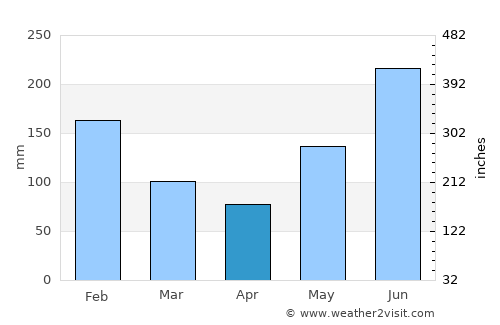


Temperature hovers around 19°c and at night it feels like 9°c. For the most part the humidity is around 39%. In the month of January on average Santa Cruz gets 26.43mm of rain and approximately 2 rainy days in the month. Santa Cruz weather in Januaryĭaytime temperature stays around 17°c and at night it goes to 8°c. If you would just like to know what the weather was for a past dates for research or education or you are just curious then visit our historical weather of Santa Cruz section. Travelling to Santa Cruz? Check out our Weather averages of Santa Cruz to better plan your holiday or travel. Which months receive most rainfall in Santa Cruz?Īugust and July receive most rainfall with precipitation count of 89.11mm. Coldest months of Santa Cruz?ĭecember and January are the coldest months with temperature at around 8°c. In these month temperature is at around 23°c and average of 351.4286 hours of sunshine in a month. March and November are the best month to go for holiday or travel to Santa Cruz. The windiest of all days will be Friday 7 th October as wind will reach 18mph or 29kmph at around 8 pm. Make sure to carry an umbrella if you are out and about in Santa Cruz, United States of America.

The national weather service for Santa Cruz, United States of America is reporting Friday 7 th October to be the wettest day in the coming week with around 4.00mm or 0.2 inches of rainfall. In the same week the minimum temperature will be 18℃ or 65℉ on Wednesday 5 th October at around 6 am. Looking at the weather in Santa Cruz, United States of America over the week, the maximum temperature will be 33℃ (or 91℉) on Monday 3 rd October at around 2 pm. In the case of snowfall, the total precipitation is given in centimetres.What is the weather in Santa Cruz, United States of America for today, tomorrow and beyond? If the precipitation falls as water or sleet, the total precipitation is given in millimetres. The total precipitation is given in inches. For example in temperatures just above freezing, snowfall with the water content of 10 millimetres of water forms a snow layer 10 centimetres thick on the ground, but in temperatures around -20 degrees Celsius the layer formed by same amount of water is 20 centimetres thick. If the water content of the rain is kept constant, the colder the weather, the thicker a layer the falling snow forms on the ground.įor example in temperatures just above freezing, snowfall with the content of a quarter of an inch of water forms a 2,5 inches thick layer of snow on the ground, but in temperatures around -5 degrees Fahrenheit the same amount of water forms a layer of snow 5 inches thick. Temperatures also affect how much a given amount of snowfall grows the amount of snow on the ground. These factors cause the amount of snow on the ground to grow less than the snowfall amount. The total snowfall refers to the snowfall from the cloud and does not take into account local melting, packing or drifting of snow. The total precipitation forecast gives the expected total precipitation for the whole 24-hour day. Please note that especially in inland locations wind gusts can be up to 1,5 to 2,5 times stronger than the 10-minute average wind speed. The wind forecast shows the strongest expected 10-minute average wind speed of the day. Unlike the daily weather symbol, the temperatures, wind information and total precipitation take into account the whole 24-hour day. Daily temperatures, wind information and total precipitation The cloudiness on the daily weather symbol is calculated as a weighted average of the predicted cloudiness of that day, with most weight assigned to the afternoon hours. You can see the more precise timing and intensity of the rain in the hourly forecast. The rain can be light rain that falls for a longer time period, or a heavy rain of short duration. The amount of rain drops on the daily weather symbol represent the total precipitation amount of that day. The weather in the evening or night time do not show on the symbol. The daily weather symbol gives an overview of the weather between 7 a.m.


 0 kommentar(er)
0 kommentar(er)
